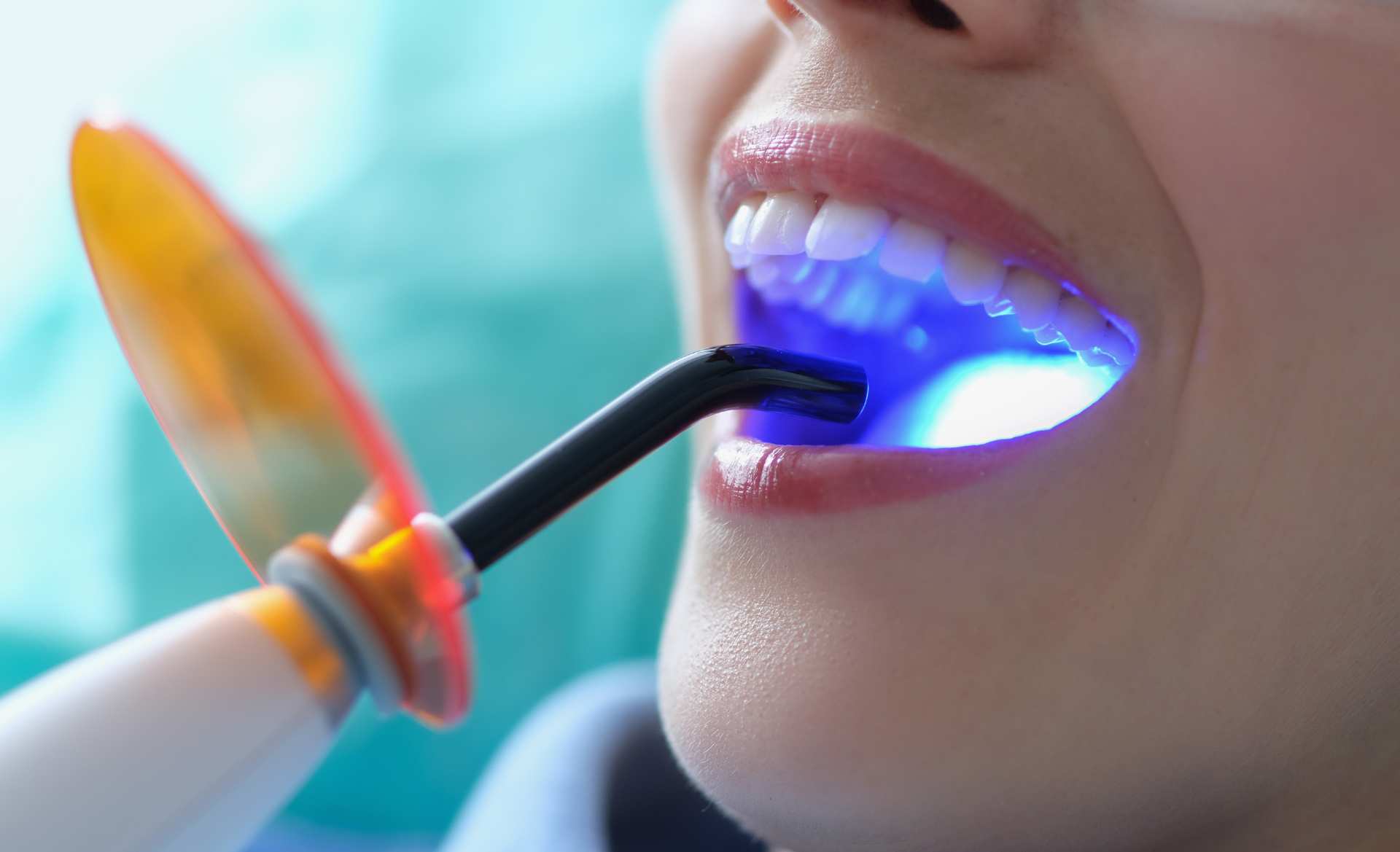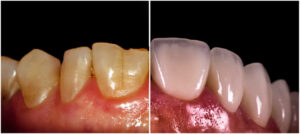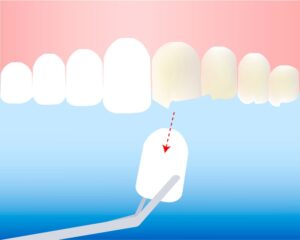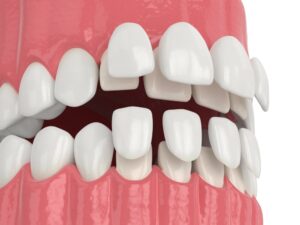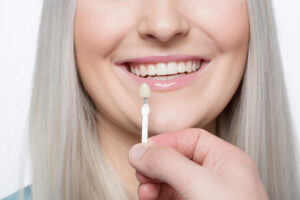In another article, we have already written about the types of tooth whitening. But as this topic is requested so frequently, today we have decided to go into more detail. Basically, there are currently 3 types of tooth whitening, although we could add a fourth, as we will soon see. They are quite different procedures from one another, so it is useful to get to know them well before deciding on one of them. This article will help you choose more easily.
If you are interested in receiving porcelain veneers in Miami, call us at 786 603 7514.
Criteria to classify the types of dental whitening
Something that needs to be clarified before entering the main classification that we will be following here. It is that there is more than one criterion for classifying the types of tooth whitening.
Depending on where they are implemented
One of the elementary criteria to classify the types of dental whitening is the one that divides them into:
- Clinic tooth whitening: These are the types of tooth whitening performed by professional dentists in dental clinics. They are the ones that we will be explaining in detail in this article.
- Home tooth whitening: These are the various tooth whitening kits that are sold on the market, with the aim that the client himself uses them at home. Within the types of home tooth whitening , natural tooth whiteners must be included . It is recommended that home tooth whitening products be validated by specialists, as they may not be effective, or may even be dangerous for tooth enamel. Chewing gum and whitening toothpastes are discouraged .
According to the part of the tooth in which they are applied
From the point of view of the area of the tooth where whitening is applied, there are 2 types:
- External whitening: It is the one that is applied on the surface of the teeth. It is the type of whitening that is most frequently performed in clinics, and upon which this article focuses.
- Internal whitening: It is a less frequent type of dental whitening, and for this reason we will only refer to it at this point. It is whitening that is performed inside the tooth, and that can sometimes complement external whitening. The whitening product is inserted into the pulp of the tooth, with the aim of lightening the tooth structure.
3 types of teeth whitening (+ 1)
We have already clarified that here we will be explaining the types of dental whitening that are carried out in dental clinics, and that we will specifically talk about those that are applied to the surface of the teeth.
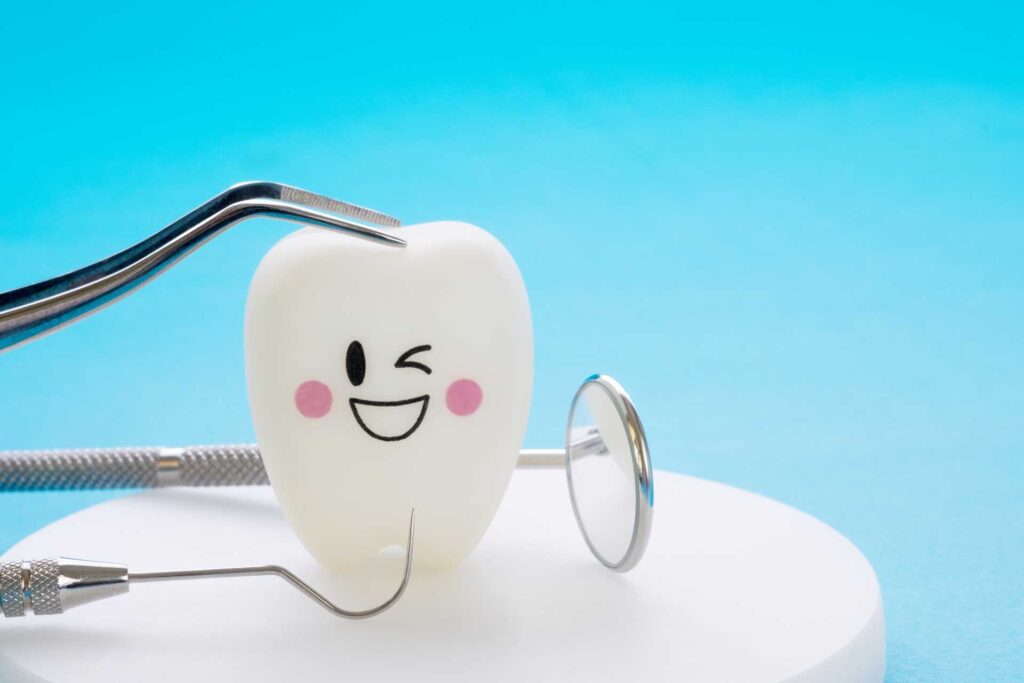
So: What types of tooth whitening are there? As we said at the beginning, there are basically 3 types of tooth whitening, to which we can add one more, which results from the combination of the other 3.
All types of tooth whitening have something in common, and several differences. What is common to the 3 types of tooth whitening is that in all cases a whitening product is applied. This whitening product is capable of penetrating the tooth enamel (which is transparent) and reaching the dentin, which is the internal dental tissue that actually gives the tooth its color. It is through this basic procedure that tooth whitening is achieved.
Taking into account this basic principle of operation, let’s now see the differences between each type of teeth whitening.
Tooth whitening with splints
Tooth whitening with splints begins in the dental clinic but ends at home. The dentist takes exact samples of the patient’s teeth, and from them orders splints to be manufactured in the laboratory. These splints, with a whitening gel, must be placed on the patient’s teeth at night, for as long as the dentist determines as appropriate.
Laser tooth whitening
The laser tooth whitening procedure is not very different from LED whitening (which we will look at in the next point). The dentist isolates the patient’s gums and lips to protect them. Next, a whitening gel is applied to the teeth, the effect of which is intensified by projecting laser light on them.
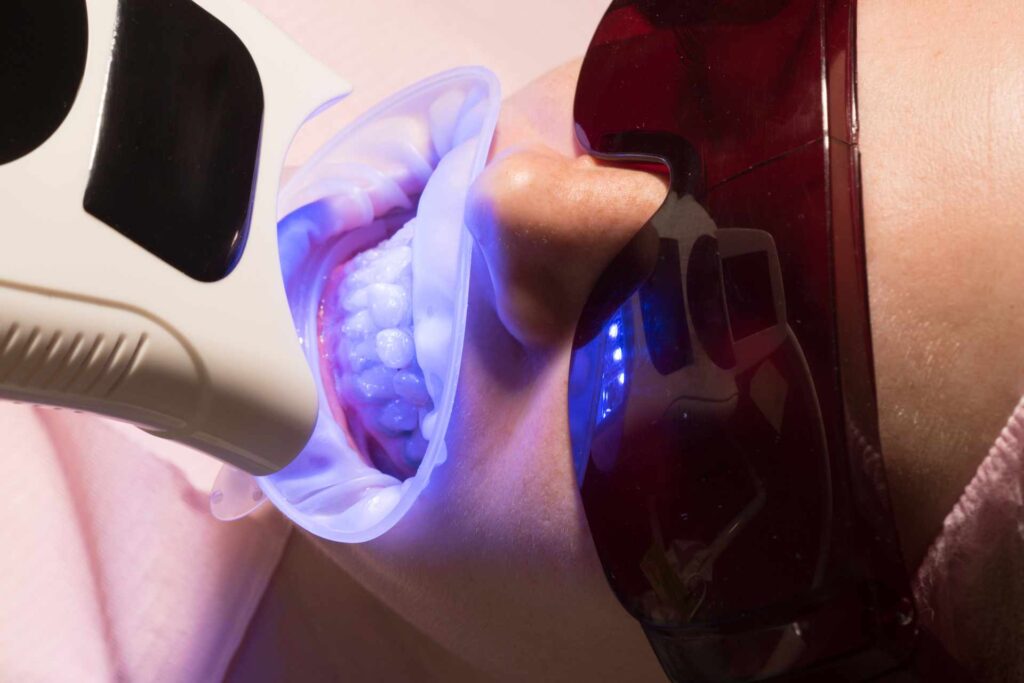
Laser tooth whitening is usually done in a single session, and the results are noticeable quite quickly. The disadvantage of its intensity and speed is that it can cause sensitivity in the teeth.
LED tooth whitening
The LED tooth whitening procedure is very similar to laser whitening. The basic difference is that in this case the light is LED, and that has other implications. The treatment could be done in a single session, but there are clinics that perform it in more than one. LED light is less intense, and therefore is also less likely to create tooth sensitivity.
Combined tooth whitening
It consists of the combination of the method of splints with some of the types of tooth whitening by light (laser or LED). The goal of this combination is to achieve greater effectiveness.
What is the best tooth whitening treatment?
Obviously, after analyzing the 3 or 4 types of tooth whitening, it is necessary to answer a very frequent question among users: What is the best tooth whitening treatment? The answer is that it depends on several factors, so generally, the answer is not the same for all people.
When it comes to solving minimal tooth whitening needs, or when the patient is very young, photoactivation methods are not usually used, but rather the method of splints with whitening gel is chosen.

Tooth whitening using a tray is the best method in some cases, but not in all. It may be cheaper in some clinics, but since it takes longer and requires follow-up at home, it is not the choice for many.
Types of tooth whitening by photoactivation (laser or LED light) are frequent choices. In general, their price is very similar, although there are clinics that charge more for laser whitening. LED tooth whitening is less intense and slower than laser whitening and therefore causes less tooth sensitivity.
From all these elements that we have just given you, you can choose which is the best tooth whitening treatment for you.
How much does a tooth whitening treatment cost?
This question also does not have a single answer. Each dental clinic has its price list, and the costs really differ a lot between one and the other. This is not only true for prices, but also for value criteria.
For example, some clinics charge more for tray whitening than photoactivation (LED and laser) whitening treatments, while others charge less. Likewise, while in some clinics laser and LED whitening treatments cost the same and are included in the name of “photoactivation whitening”, in other clinics laser tooth whitening is the most expensive.
That is why we recommend that, beyond the approximate price ranges that we will give you below, you review the service price lists of several clinics very well, before deciding on one of them. Actually, the prices are usually very different between one clinic and another.
| TYPES OF DENTAL WHITENING PRICES (TABLE) | ||
| Type of tooth whitening | Price in USD ( $ ) | Price in EUR ( € ) |
| Tooth whitening using laser light | 340-450 USD or more | EUR300-400 or more |
| Tooth whitening using LED light | $340-$450 | €300-400 |
| Tooth whitening using gel splints | $225-340 | €200-300 |
| Combined tooth whitening | $400-$565 | €350-500 |
When does tooth whitening begin to be noticed?
The effects of tooth whitening are often noticeable from day one. How much is noticeable and how fast, depends on the type of tooth whitening that is being applied and the response of the patient’s body.
Generally, the method that achieves the fastest noticeable results is laser whitening. LED tooth whitening may be a little slower. And whitening using gel splints is the slowest, but that doesn’t mean it’s not fast.
The gel or whitening product that is applied in any of the types of dental whitening continues in activity for 24 hours after the procedure in the clinic. This means that although the first effects are noticeable immediately, the most noticeable effects will come later.
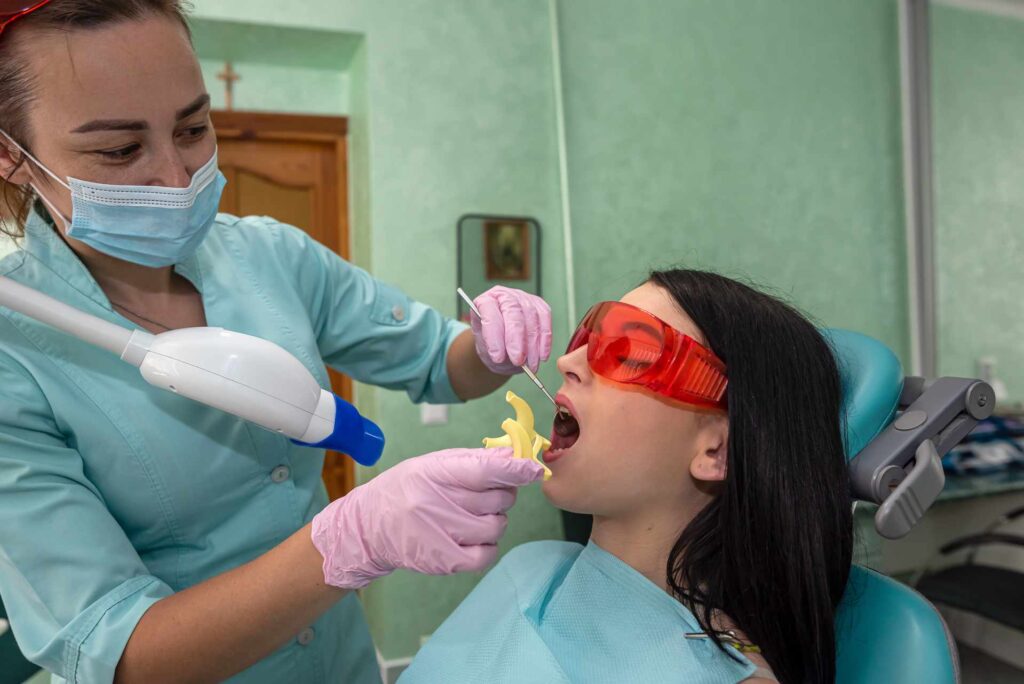
For patients who have received any of the types of tooth whitening, it is recommended that for 24 hours after treatment, they refrain from consuming foods that stain the teeth (coffee, red wine, etc.) or from smoking. In this way the effects are well noticed.
Comparison between LED and laser tooth whitening
We mentioned above that LED tooth whitening and laser tooth whitening are often combined as if they were a single treatment, under the name of photoactivation tooth whitening, that is, by light. Some clinics do not even distinguish between the two types of tooth whitening in their list of services.
All this is true enough, although it is not entirely accurate. Although both types of tooth whitening in some clinics are homologous and cost the same, the truth is that there are some differences between LED tooth whitening and laser tooth whitening.
In principle, it is true that both types of tooth whitening are based on applying a whitening gel to the teeth, whose power is amplified by the effects of applying LED light or laser light, depending on what is chosen. But the speed and results may be different. LED treatments can take more sessions and are less likely to cause tooth sensitivity, while laser tooth whitening is faster, more intense, likely to be completed in a single session, and more likely to cause tooth sensitivity.
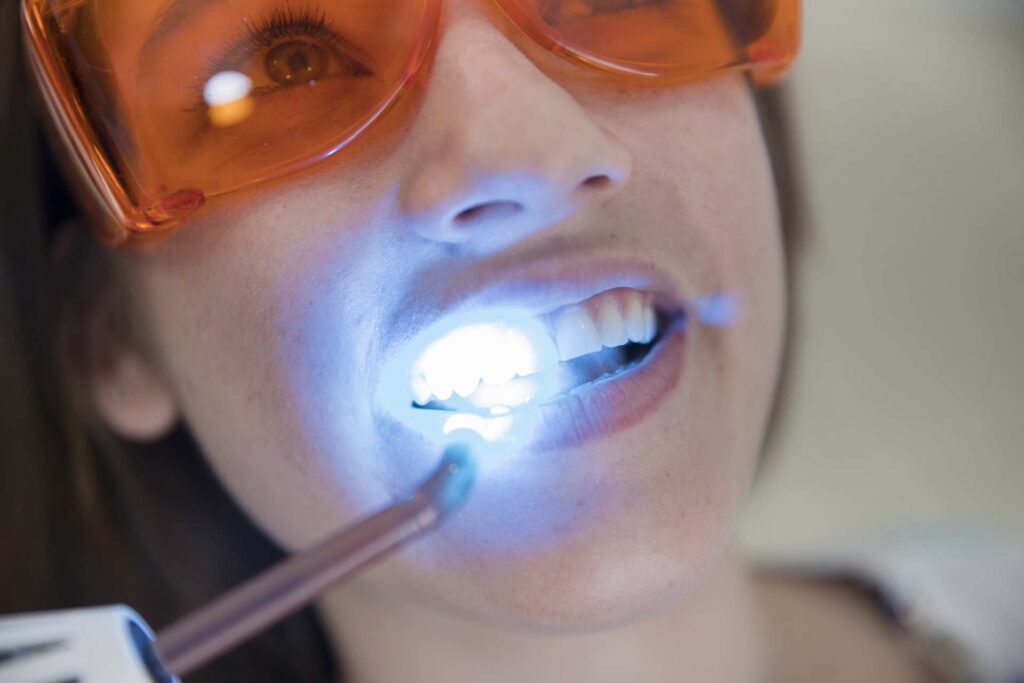
The latter could be seen as a disadvantage of laser whitening compared to LED tooth whitening. As we know, tooth enamel does not include nerve endings, and tooth sensitivity is not desirable, but rather a side effect of laser application. In this way, there will be patients for whom the LED is more convenient than the laser, and this, in any case, reinforces the fact that they are not identical treatments.
Before applying any type of tooth whitening
For all types of tooth whitening, it is true that, if there is any oral disease, it must be solved before giving way to teeth whitening itself. Some of the most frequent oral conditions that must be cured before giving way to applying any type of tooth whitening are:
- Cavities
- Gingivitis
- Periodontal disease
- Wear caused by bruxism
- Dental fractures
- Dental hypoplasia (absence of enamel)
